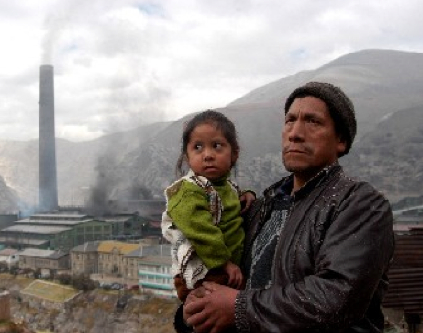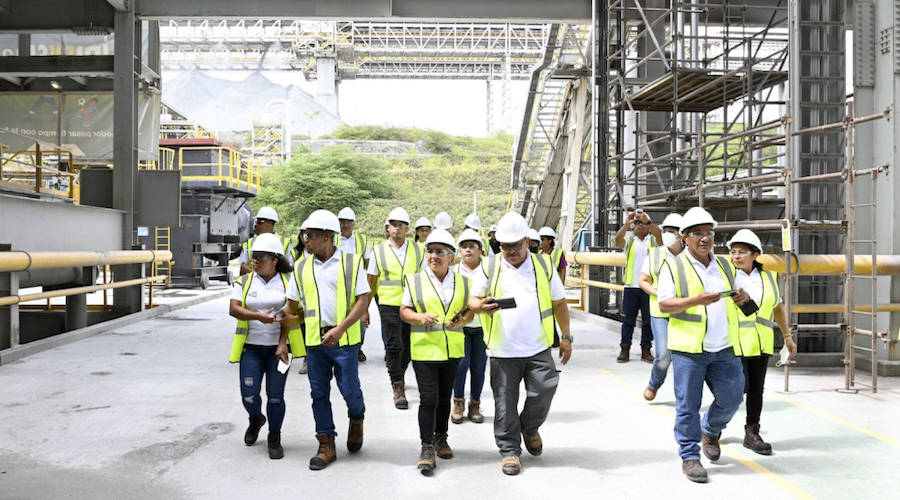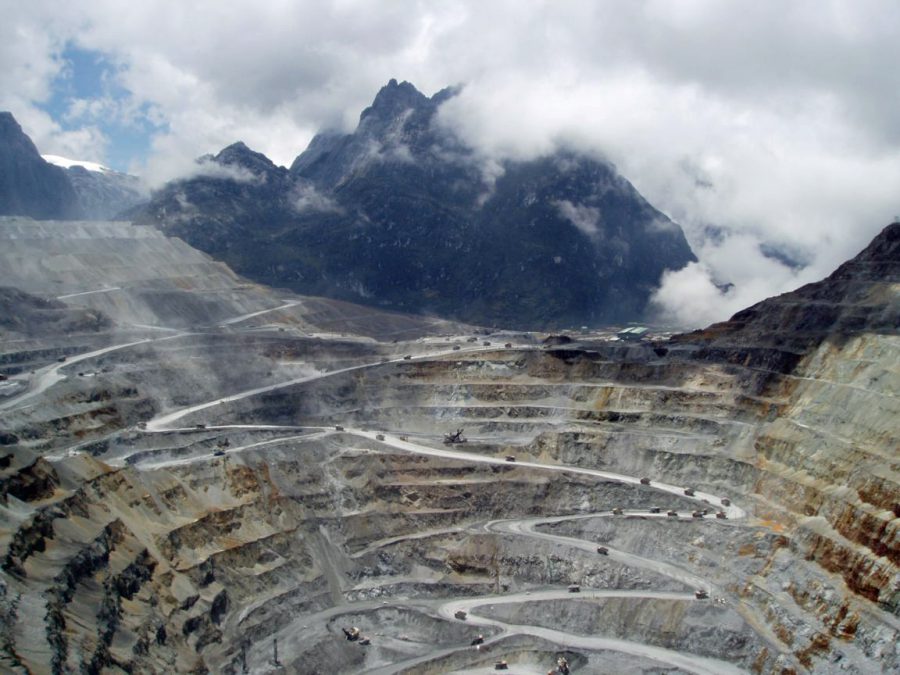Doe Run Peru to be liquidated after rejected restructuring of La Oroya smelter

Metals producer Doe Run Peru’s creditors rejected a restructuring plan the company presented with a view to restarting operations at the La Oroya smelter, said in a statement the Energy and Mines Ministry, Jorge Merino Tafur.
The latest plan presented by the company was “unviable,” which is why the group decided on its liquidation, the legal representative of the ministry, Rosario Patiño, told local press following the creditors meeting.
The decision does not mean that La Oroya will be shut down for good, according to Patiño.
Doe Run Peru, an affiliate of Missouri-based parent company Renco Doe Run, was placed in a process of “operational liquidation,” which allows the company to continue operating while the board of creditors further analyzes its situation and makes a final decision, she explained.
Instead, the creditors –including the Peruvian government- could have chosen to close the nearly bankrupt company, letting go its approximately 3,000 workers.
Another solution could have been restarting operations at La Oroya under another operator, as has been suggested by different authorities this week. An alternative strongly opposed by the community, environmentalist groups and NGOs, such as Oxfam America, which said re-opening the smelter would place La Oroya’s children at high risk.
A 2005 study carried out by the University of Missouri-St Louis and quoted by PeruthisWeek.com, showed that 97% of children under the age of 6 had high lead content in their blood, as a result of operations at La Oroya. According to a 2011 government study, the blood levels have been decreasing since then, but the contamination persists.
Doe Run Peru’s polemic smelter will remain shuttered, while operations at the company’s Cobriza mine may continue, the president of the creditors’ board, Diego Calmet, told Peruvian newspaper La República.
He added that the company’s restructuring plan would have implied the resumption of operations without Doe Run Peru having completed an environmental clean-up program, putting the level of pollution in the area well above legal limits, Calmet said.
The company has up to a year to submit a new plan. If approved, it would allow it to restart operations at La Oroya.
Financial difficulties related to the global financial crisis, forced Doe Run Peru to halt its operations in 2009 without completing the environmental cleanup program.
Constructed in 1922 by the Cerro de Pasco Corporation and acquired in 1997 through a privatization process by Doe Run, the plant produced 11 metals, including copper, zinc, lead and silver.
The plant is known for having caused serious lead contamination around La Oroya.
(Photo: A father with his daughter in La Oroya, Peru. Visible in the background is the now closed plant. Courtesy of Parker Waichman LLP law firm)
More News
First Quantum pulls back from arbitration on Panama copper mine
Signals potential for more negotiations with the nation over the Cobre Panama mine that’s been shuttered for more than a year.
March 31, 2025 | 04:30 pm
Freeport-McMoRan lowers first-quarter gold sales forecast
The company said it expects first-quarter gold sales to be roughly 100,000 ounces below its prior forecast of 225,000 ounces.
March 31, 2025 | 03:41 pm
{{ commodity.name }}
{{ post.title }}
{{ post.excerpt }}
{{ post.date }}



Comments
Augurelli
Why not run this operation like they do with North Slope and artic projects – families live hundreds of miles away and workers are flown or driven in for multi-week stints on the job. This would get the children out of harm’s way and yet provide a means for Peru to continue to develop the miriad of mineral resources. Otherwise the ore is shipped out of the country and the jobs, services and capital creation are lost to Peru.
With the smelter closed, few could live in the area anyway since there are no jobs and the land cannot be worth much now for agriculture or even habitation what with contaminated soils. So while these are ancestral homes, it does not seem to be a place to live.
Much has been done with the smelter, and maybe the impact of the government’s operations in years past is in the process of being remediated. With the wide variety of important metals in the ore, it is too valuable a resource to lose to foreign processors. Processing of all those metals is so complex, I wonder if another plant could be justified elsewhere without a secure access to the ores. Can Peru guarantee that?
They mucked it up, maybe they need to be responsible to unmuck it. On the other hand, maybe everyone in Peru would be happier if all that money was left in the ground anyway. You think?
Augurelli